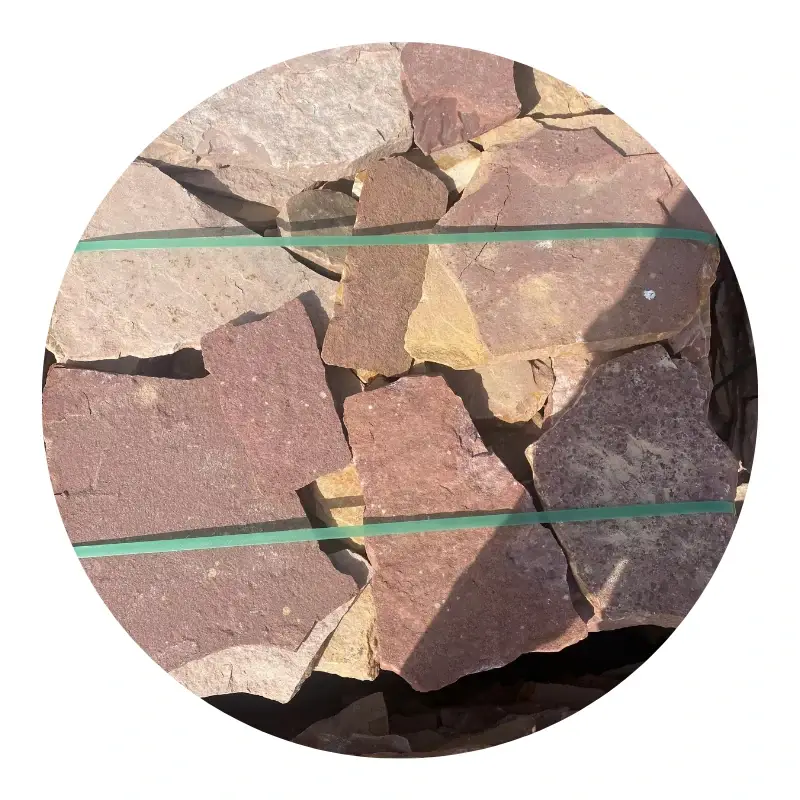
Exploring the Biodegradability of Bentonite and Its Environmental Implications in Sustainable Practices
Bentonite and Its Role in Biodegradable Materials
Bentonite, a naturally occurring clay, is primarily composed of montmorillonite, a mineral that has significant industrial applications. This versatile material is renowned for its binding, swelling, and adsorption properties, making it useful in a plethora of fields, from drilling fluids in the oil and gas industry to cat litter and even as a component in various types of ceramics. However, as global awareness of environmental issues grows, the focus has shifted towards sustainable materials and biodegradable alternatives in multiple sectors. This is where the potential use of bentonite in creating biodegradable products comes into play.
Bentonite and Its Role in Biodegradable Materials
One of the key advantages of incorporating bentonite into biodegradable materials is its excellent adsorption capacity. Bentonite has the ability to absorb moisture and other compounds, making it a robust candidate for improving the physical properties of biodegradable films or containers. For instance, these composites can be designed to have enhanced barrier properties against oxygen and carbon dioxide, which is particularly useful for extending the shelf life of food products. Thus, the combination of bentonite and biodegradable materials can lead to sustainable packaging solutions that minimize plastic waste.
bentonite biodegradable

Moreover, bentonite's swellability can be harnessed to create bio-based gels and hydrogels that have applications in agriculture, horticulture, and even in personal care products. For example, these gels can retain moisture in soil, promoting plant growth and reducing the need for chemical fertilizers. In personal care products, bentonite can improve the texture and stability of creams and lotions while being part of a biodegradable formula. This innovative approach aligns with the increasing consumer demand for eco-friendly products that do not compromise on performance.
The development of bentonite-infused biodegradable materials is not without challenges. One of the primary concerns is ensuring that the resulting composite not only meets performance standards but also biodegrades effectively in real-world conditions. The rate and completeness of biodegradation can be influenced by a number of factors, including environmental conditions like temperature and humidity, as well as the composition of the composite itself. Ongoing research is focusing on identifying the ideal ratios and combinations of bentonite and biodegradable polymers to optimize degradation rates while preserving the beneficial properties of both materials.
Furthermore, the sourcing and processing of bentonite also raise questions about sustainability. It is essential to consider the environmental impact of mining and processing this natural resource. As the industry continues to innovate, there is a growing emphasis on sustainable extraction practices and the development of closed-loop systems that ensure minimal environmental disruption.
In conclusion, while bentonite itself is not biodegradable, its integration with biodegradable polymers presents exciting opportunities for creating sustainable materials. As the global shift towards eco-friendliness and waste reduction continues to gain momentum, the innovative use of bentonite in biodegradable products highlights a promising path towards addressing environmental concerns. Continued research and collaboration between material scientists, environmentalists, and industry leaders will be vital in realizing the full potential of bentonite in creating sustainable, biodegradable solutions that contribute to a circular economy.
Share
-
Natural Premium Bentonite Cat Litter - Superior ClumpingNewsJul.31,2025
-
Premium Resin Coated Sand - High Heat Resistance CastingNewsJul.31,2025
-
High Quality Silicon Carbide Grit for Abrasive ApplicationsNewsJul.30,2025
-
High-Quality Ceramsite for Plants & Gardening | Lightweight PebblesNewsJul.29,2025
-
Premium Burgundy Glass Marbles for Vases & Shooter GamesNewsJul.29,2025
-
High Purity Quartz Sand for Industrial and Ground ApplicationsNewsJul.29,2025






